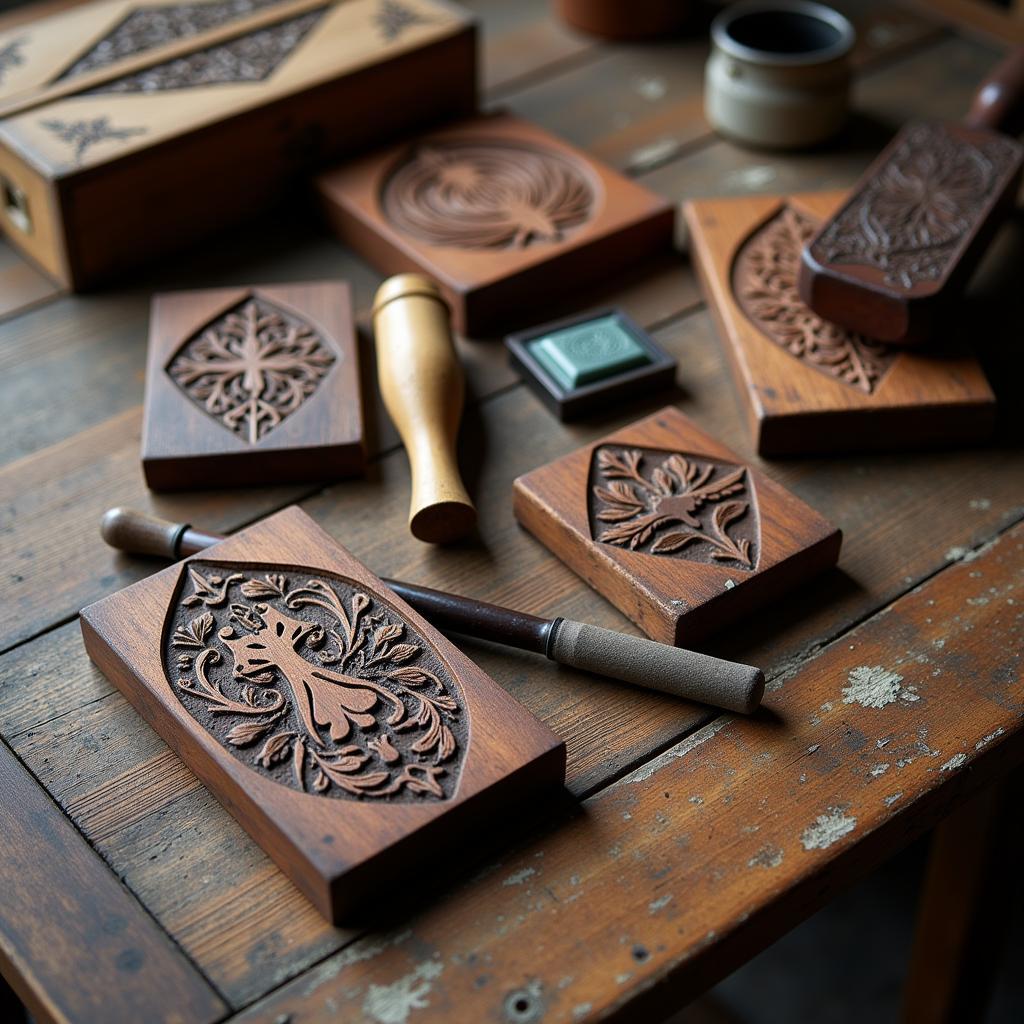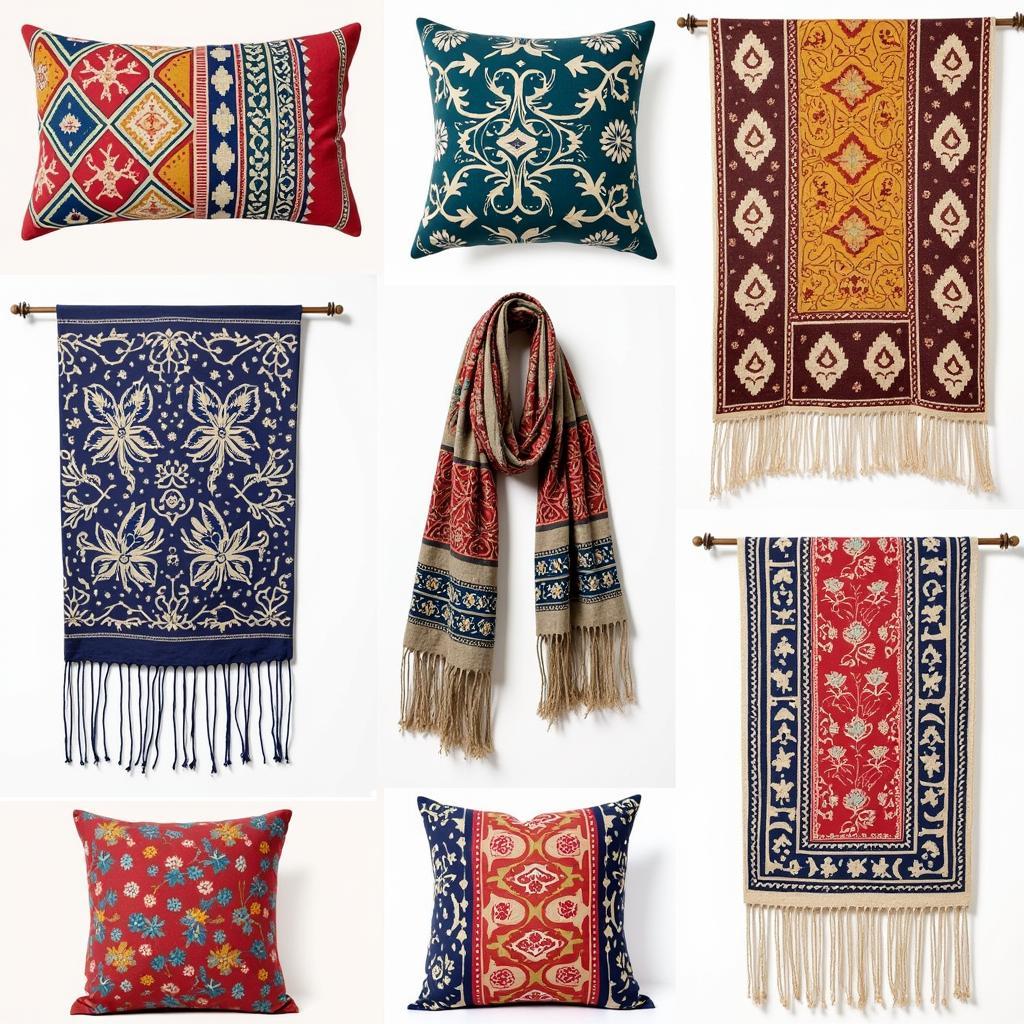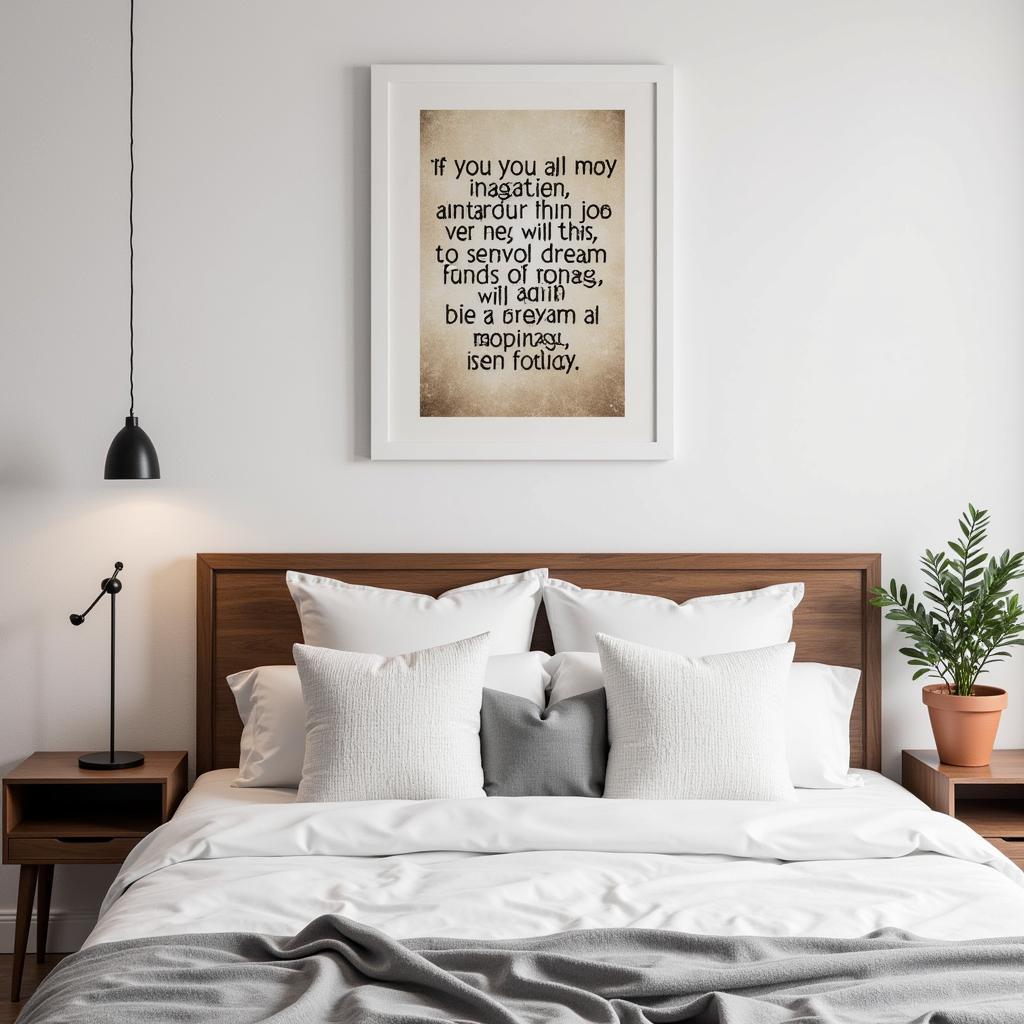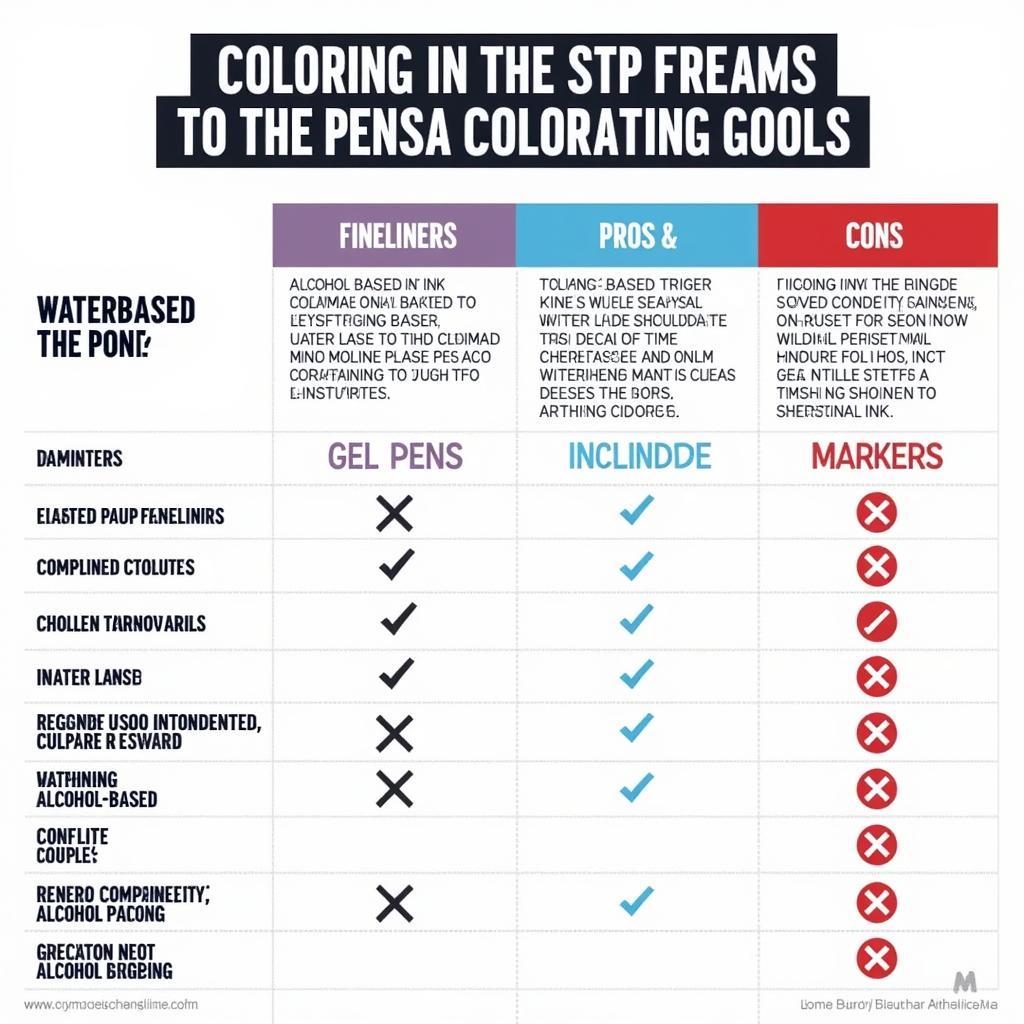Exploring the Timeless Art of Block Printing
Block printing, a centuries-old technique, continues to captivate artists and art enthusiasts alike. From its rich history to its diverse applications in modern design, block printing offers a unique blend of tradition and innovation. This article delves into the world of Block Print Art, exploring its techniques, materials, and inspiring possibilities. After reading this, you’ll be ready to embark on your own block printing journey.
A Journey Through Time: The History of Block Print Art
Block printing’s origins can be traced back to ancient civilizations. Evidence suggests early forms of block printing were practiced in China as early as the 3rd century, primarily for printing on textiles. This technique later spread throughout Asia, influencing artistic traditions in Japan, India, and other regions. Over time, block printing evolved beyond textiles and was adopted for creating prints on paper, leading to the development of woodblock prints as a distinct art form. The intricate designs and vibrant colors of these early prints continue to inspire contemporary artists. Check out some stunning wildflowers art for inspiration.
Block printing reached Europe in the 14th century, primarily used for playing cards and religious imagery. The technique gained further prominence with the invention of the printing press, demonstrating the enduring power of this versatile art form.
 Antique Woodblock Printing Tools Demonstrating Traditional Techniques
Antique Woodblock Printing Tools Demonstrating Traditional Techniques
Materials and Techniques: The Essentials of Block Printing
Creating your own block print art requires a few essential materials. You’ll need carving tools, a block (linoleum or wood are popular choices), ink or paint specifically designed for block printing, and a surface to print on, such as paper or fabric. For beginners, linoleum is often preferred due to its softer surface and ease of carving.
The process begins with designing your image. This can be a simple pattern, an intricate illustration, or even text. Once your design is finalized, you transfer it onto the block. Next, using carving tools, you carefully remove the areas around your design, leaving the raised portions to create the print. This requires patience and precision, but the results are truly rewarding.
What are the different types of block printing?
Block printing encompasses various techniques, each offering unique creative possibilities. Relief printing, the most common form, involves carving away the negative space, leaving the raised design to be inked and printed. Intaglio printing, the opposite of relief printing, involves carving the design into the block, creating recessed areas that hold the ink. A third technique, known as collagraphy, allows for even more texture and dimension by incorporating various materials onto the block surface.
Block Print Art Today: A Modern Renaissance
Block printing has experienced a resurgence in recent years, finding its way into various design applications. From home decor and fashion to stationery and art prints, the distinctive aesthetic of block print art adds a touch of handcrafted charm to contemporary designs. The versatility of block printing allows artists to experiment with different colors, patterns, and textures, creating truly unique pieces.
Interested in adding block prints to your collection? Check out available woodblock art for sale.
 Modern Block Print Textile Designs Showcasing Vibrant Colors and Patterns
Modern Block Print Textile Designs Showcasing Vibrant Colors and Patterns
Conclusion: Embrace the Art of Block Printing
Block print art offers a captivating blend of tradition and contemporary creativity. Whether you’re a seasoned artist or a curious beginner, exploring the world of block printing can be a rewarding experience. So, gather your materials, unleash your imagination, and discover the timeless beauty of this unique art form. Remember, block printing is not just a craft, it’s an expression of your creativity.
FAQ
-
What kind of paint is used for block printing? Block printing inks are specially formulated for this technique. Water-based and oil-based inks are available, each with unique properties.
-
What is the easiest material to carve for block printing? Linoleum is a great starting point for beginners due to its softness.
-
How do you transfer a design onto a block? Tracing paper or carbon paper can be used to transfer your design onto the block surface.
-
Can you block print on fabric? Absolutely! Block printing on fabric is a popular way to create custom textiles and clothing.
-
Where can I find inspiration for block print designs? Explore nature, patterns in everyday objects, and online resources for inspiration. Check out textured coastal wall art for some ideas.
-
What are some common mistakes to avoid in block printing? Applying too much or too little ink, uneven pressure during printing, and not properly carving the block are common pitfalls.
-
How can I learn more about block printing? Online tutorials, workshops, and books are great resources for expanding your block printing knowledge. Download elements of art worksheet pdf for a helpful guide.
Situations where block print questions are commonly asked:
- Art classes and workshops
- Online art forums and communities
- Craft stores and art supply shops
- Museums and galleries exhibiting block prints
Other related questions and topics:
- How to clean block printing tools
- Different types of carving tools and their uses
- History of block printing in specific cultures
- Advanced block printing techniques
Need Assistance? Contact Us!
For any assistance, feel free to contact us:
Phone: 02462573573
Email: [email protected]
Visit our location:
Savico Megamall, 7-9 Đ. Nguyễn Văn Linh, Gia Thụy, Long Biên, Hà Nội 10000, Việt Nam.
Our customer service team is available 24/7.


